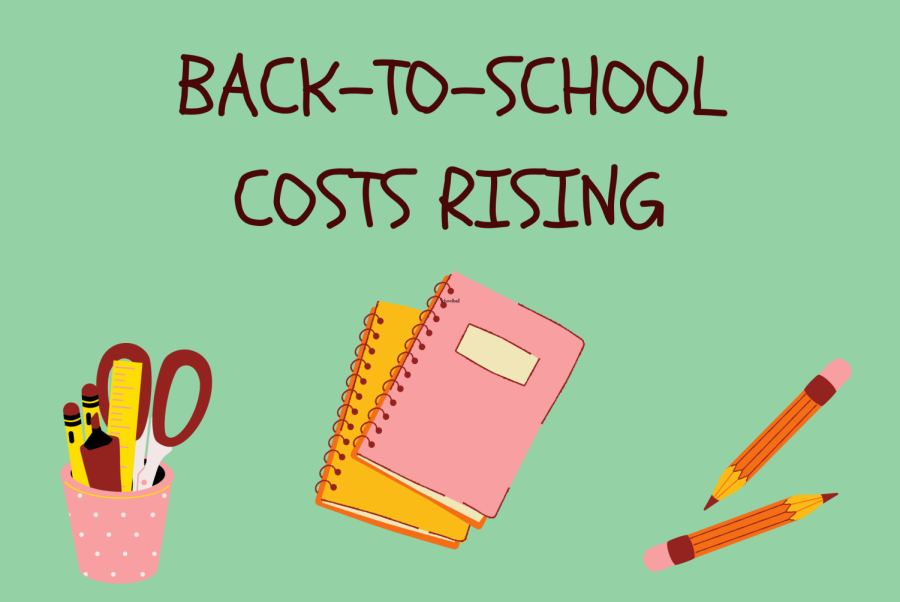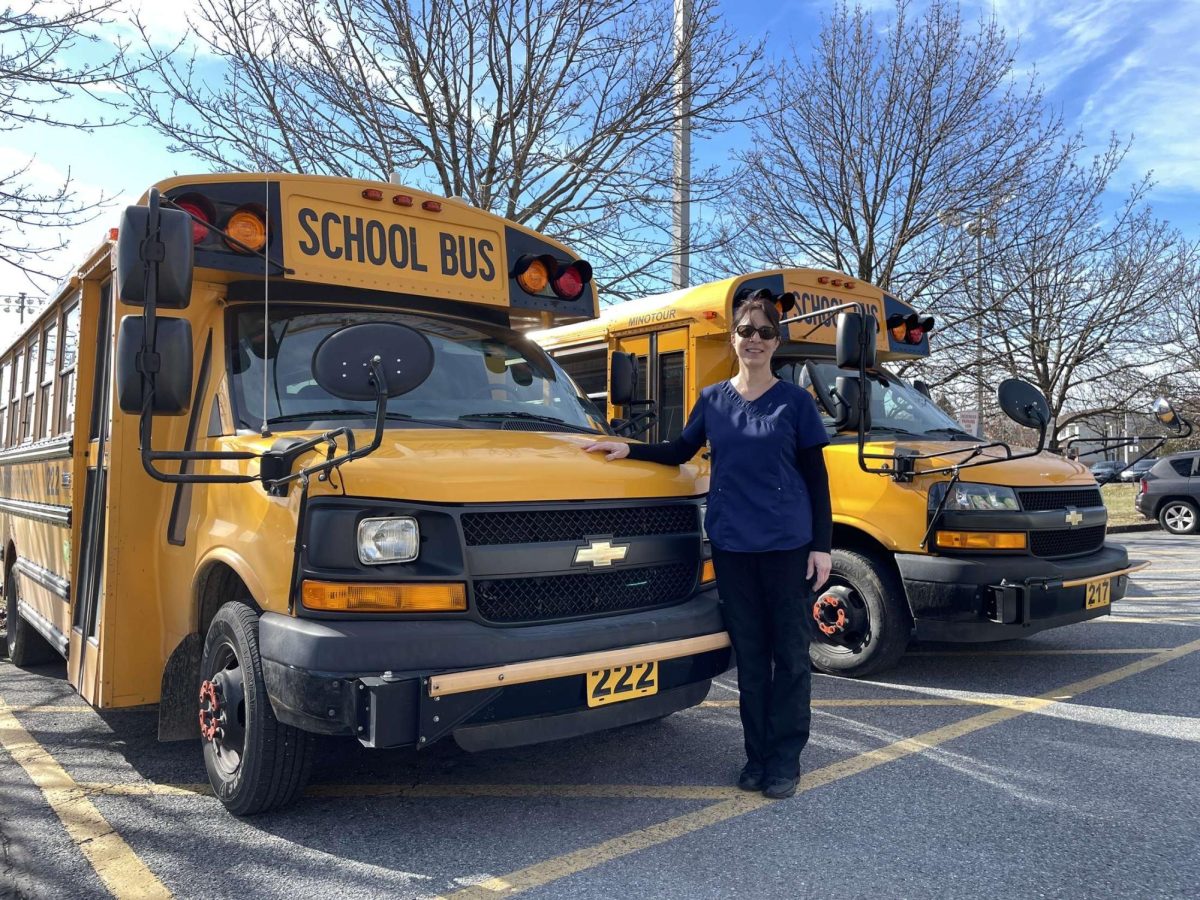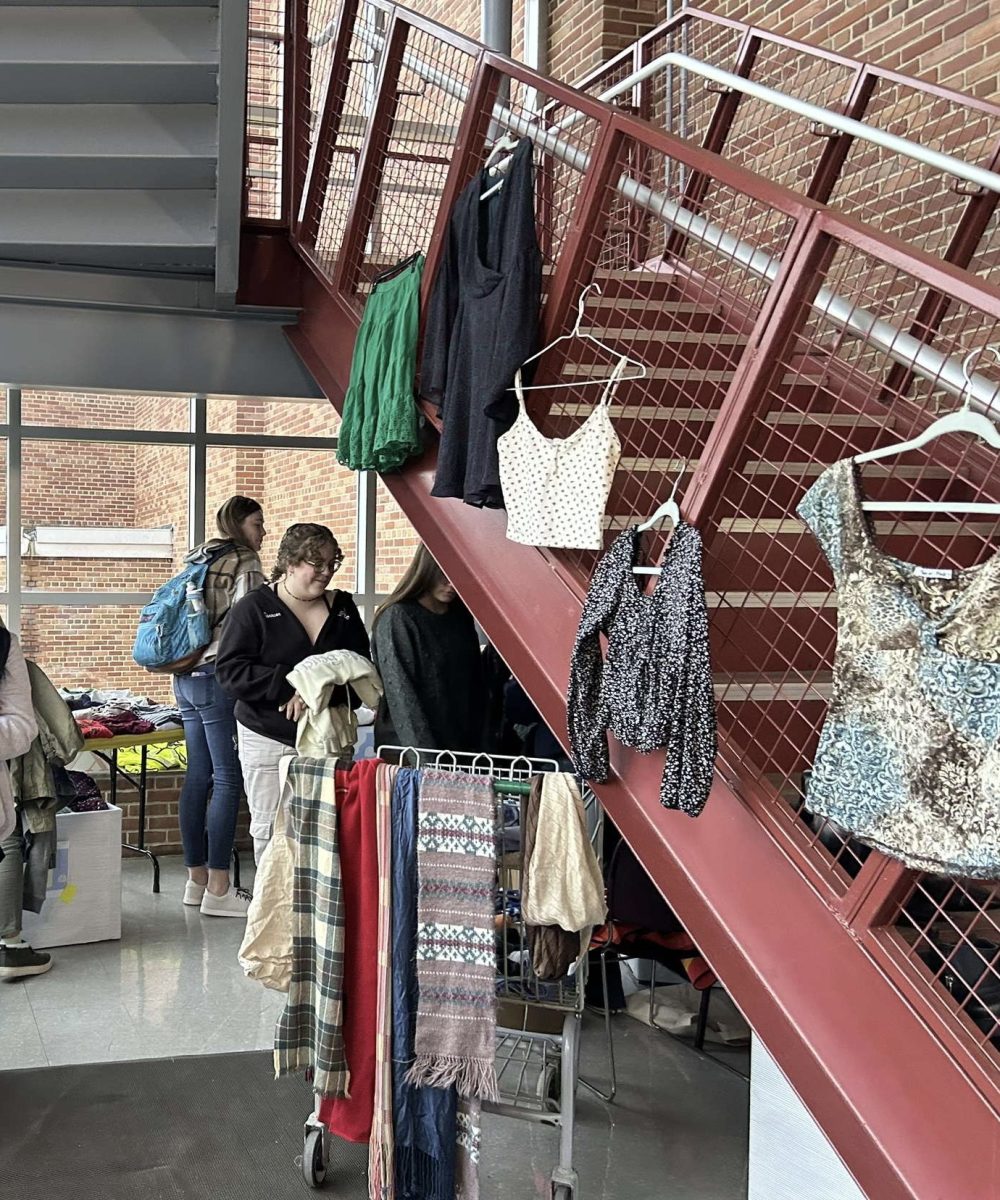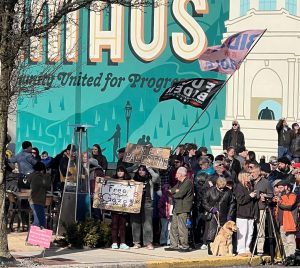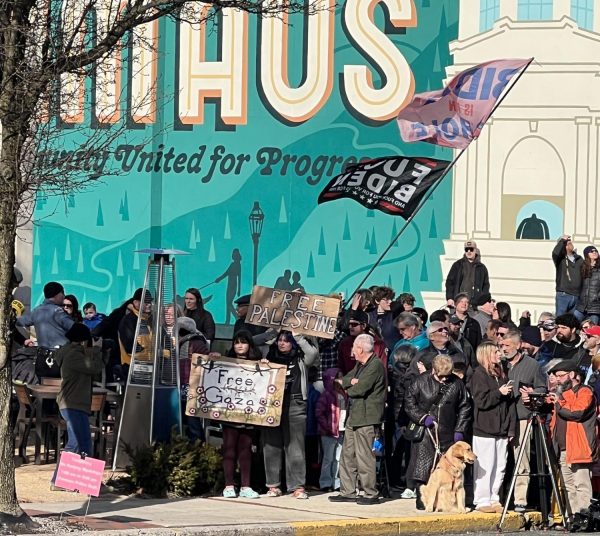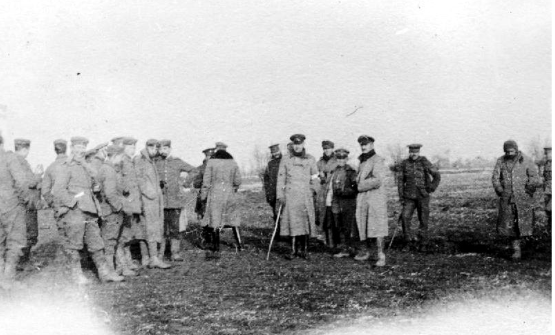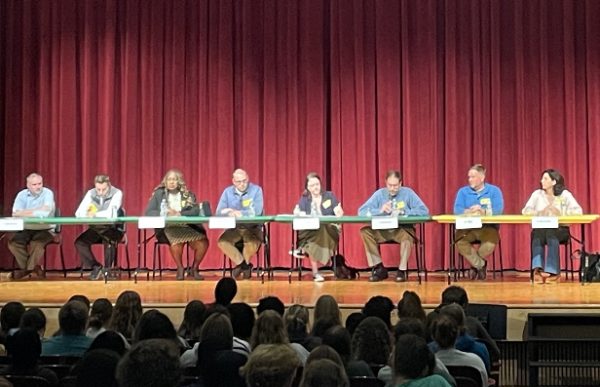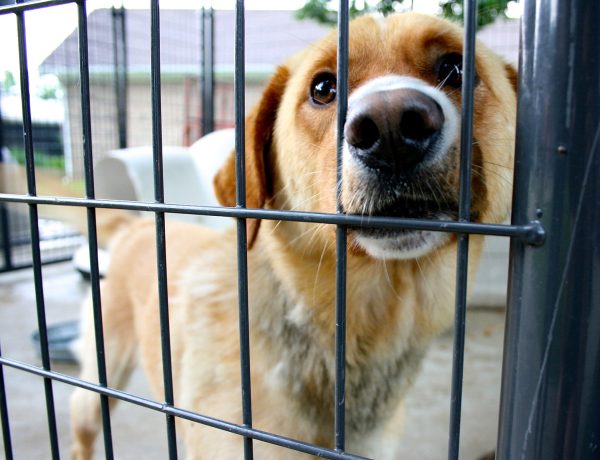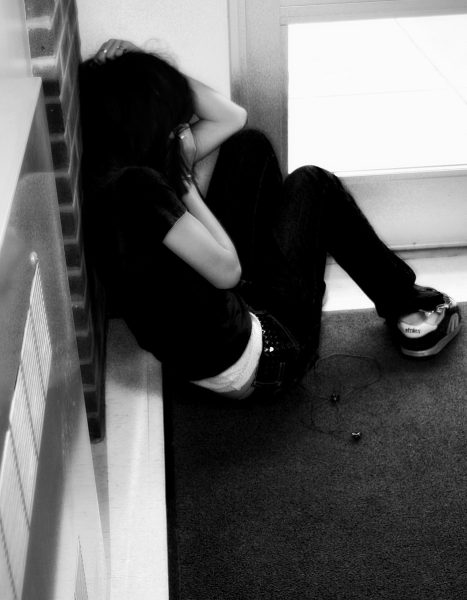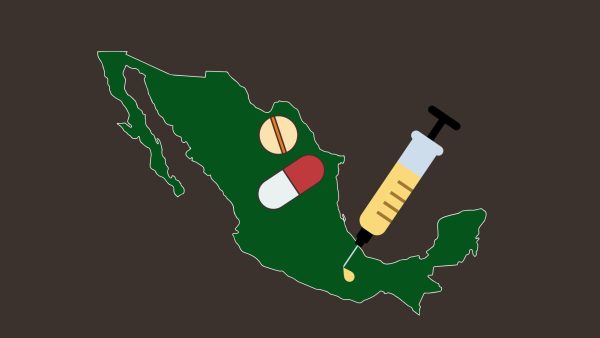Back-to-School Costs Rising
September 28, 2022
This previously ran in our September 2022 print issue.
With an unstable stock market and fluctuating gas prices, inflation has become a looming issue in the economic future of Americans. Inflation has even begun to affect high school students across the country.
Amidst supply shortages and high production costs, August saw the inflation rate in the United States reached 8.5%, down from the high of 9.1% in June. The spike in June was the highest in 40 years.
Gas prices are only recently coming down and products are just beginning to see a drop in cost for consumers.
The cost of school supplies has risen significantly in the past few years. According to DataWeave, most low-cost school supplies – notebooks, folders, and writing utensils – have seen an average of 25% increase in price.
Students looking to buy high quality backpacks can expect to be spending over $60. According to CNN, other non-essentials like clothes and shoes are also experiencing rises, with a 9.1% price increase.
Those in low-income communities are facing the majority of the stress from the expensive back-to-school season. Individually, these increases may not seem major, but the rise in prices has made back-to-school season particularly stressful for students and teachers.
Many public schools, especially in low income areas, do not have the resources or capabilities to keep up with the amount of students in need of supplies and assistance. In low income areas, schools lack the funds to hire substitute teachers, in addition to a lack of access to proper maintenance.
Due to the price of gas, commutes to school have become more expensive for everyone involved, especially as public school bus companies, including those here in the Lehigh Valley, must spend hundreds of extra dollars on more gas.
For older students who drive themselves, the commute to school each day combined with the price of gas can add up quickly – even more so if those students have to drive themselves to an after-school job. Even as the prices start to drop, the cost of commutes continues to add up to a hefty sum.
Many students at Emmaus, like sophomore Emma Bluske, also notice the effects of inflation.
“So many common items we need for everyday use have become very expensive and are affecting not only my parents’ lives, but my life too,” Bluske said. “Gas prices, food prices, and just belongings of mine like books and school stuff are more expensive. My backpack was, like, $80 and it’s not even [name] brand. It was just a random backpack in the back of Target.
“I actually have not spent my money on Starbucks in like four months now. Also, I have stopped going to the mall- which was very expensive because I dropped $100 every time,” Bluske said. “I mostly stopped going out to buy food.”
When senior Sam Mullay went back to school shopping, he also noticed the difference in prices.
“Yeah, clothing and shoes are like that,” Mullay said. “I’m not really affected by it. [I am affected by] gas prices though.”
“Yes, I’ve definitely noticed a rise in prices. It’s happened since the start of the pandemic, but it’s gotten a lot worse in the last few months, in my opinion,” senior Lauren Kershner said. “Gas was hard to pay for, especially when it was over $5, but it’s been so much better lately.”
It’s no question that inflation has changed the lives of students across the country. As to whether or not it will continue, only time will tell.

